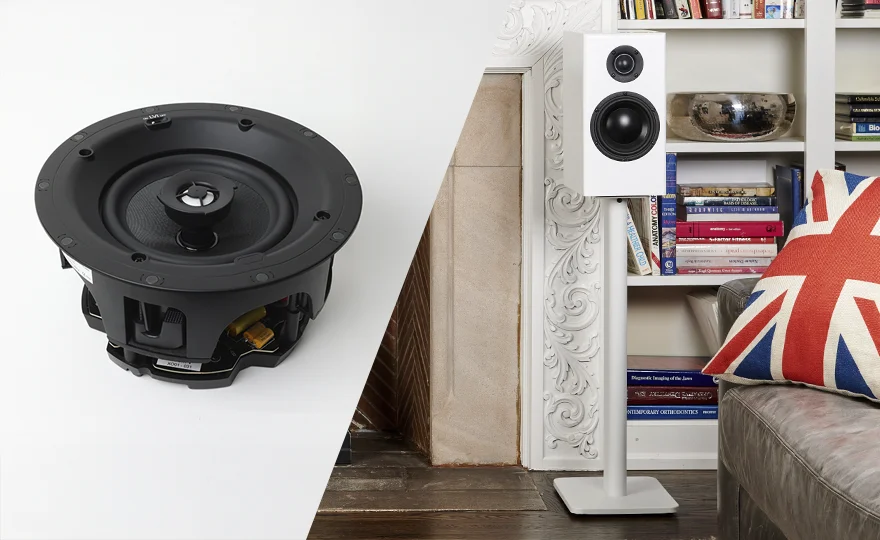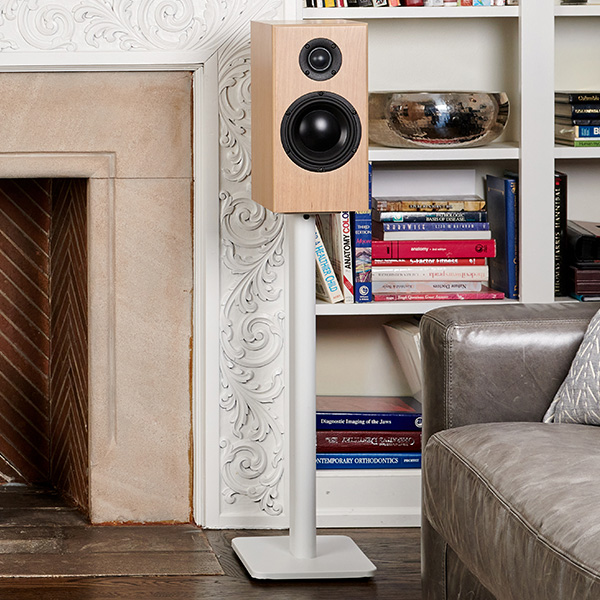
When it comes to building the ultimate sound system for your home, the debate between in-wall/in-ceiling speakers and traditional bookshelf or floorstanding speakers is one that audiophiles often engage in. Both speaker types offer distinct benefits and challenges, but which one offers superior sound quality? In this article, we’ll explore the pros and cons of each, touching on sound performance, space requirements, installation complexity, and overall audio experience.
Pros:
Cons:
Pros:
Cons:
One of the ways to significantly improve the performance of in-wall or in-ceiling speakers is to install them with a back box. A back box is essentially a sealed enclosure that houses the speaker, which helps improve sound quality by providing the necessary airspace for the speaker’s drivers to work more effectively. This can reduce distortion and improve bass response, making these speakers sound much closer to traditional speakers. If you want to listen to something like Daft Punk’s “Random Access Memories”, a back box can elevate the performance of in-wall speakers, giving them more punch and clarity.
When choosing between in-wall/in-ceiling and traditional bookshelf/floorstanding speakers, the decision ultimately comes down to what matters most to you as a listener. If space-saving design, aesthetics, and a clean setup are your priorities, in-wall and in-ceiling speakers are a solid choice. However, if you’re looking for superior sound quality, bass response, and versatility, traditional bookshelf or floorstanding speakers are hard to beat.
If you enjoyed this article, be sure to explore similar content in our News + Reviews section for more insights into the world of high-end audio. From setup guides to equipment comparisons, we have everything you need to take your listening experience to the next level.
Share this article with your friends!
